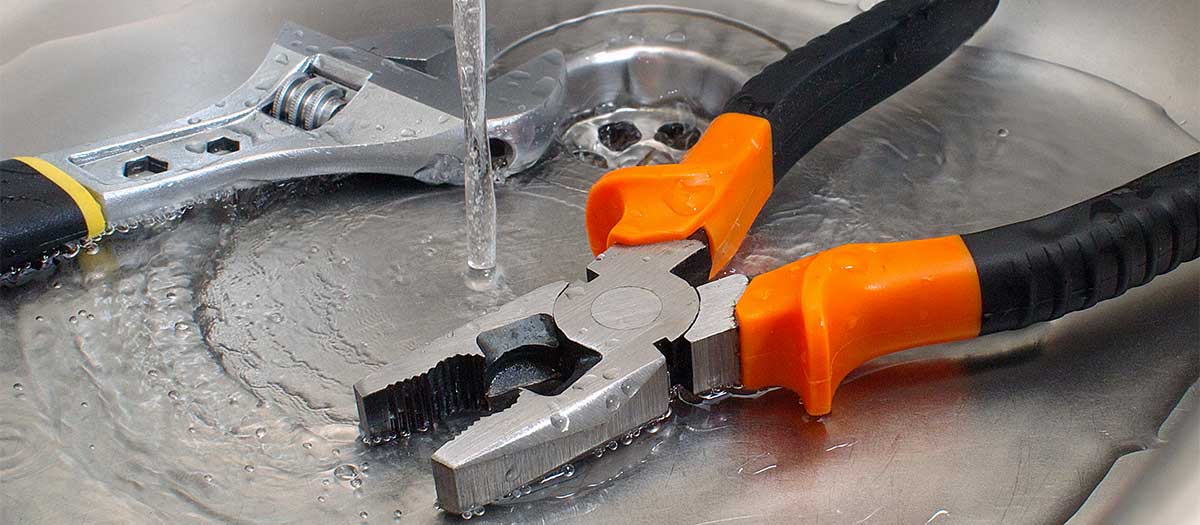6 Tested Tricks for Finding Hidden Water Line Leaks
6 Tested Tricks for Finding Hidden Water Line Leaks
Blog Article
Do you find yourself in search of guidance around Locating water leaks?

Early detection of dripping water lines can minimize a potential calamity. Some tiny water leakages might not be noticeable.
1. Analyze the Water Meter
Every house has a water meter. Checking it is a guaranteed way that assists you find leaks. For starters, turn off all the water sources. Guarantee no one will flush, make use of the tap, shower, run the cleaning device or dishwashing machine. From there, go to the meter and watch if it will certainly alter. Because no one is utilizing it, there should be no activities. If it relocates, that suggests a fast-moving leak. Also, if you detect no changes, wait a hr or two as well as check back once more. This means you might have a sluggish leakage that could even be underground.
2. Inspect Water Intake
If you spot sudden modifications, regardless of your usage being the very same, it implies that you have leakages in your plumbing system. An unexpected spike in your bill suggests a fast-moving leakage.
A consistent boost every month, also with the very same habits, shows you have a sluggish leakage that's additionally gradually rising. Call a plumber to thoroughly check your property, especially if you feel a warm area on your floor with piping underneath.
3. Do a Food Coloring Test
When it concerns water consumption, 30% originates from bathrooms. Examination to see if they are running effectively. Drop specks of food color in the container and also wait 10 minutes. There's a leak in between the storage tank and dish if the color in some way infiltrates your bowl during that time without flushing.
4. Asses Exterior Lines
Do not neglect to inspect your outdoor water lines too. Test spigots by connecting a yard hose pipe. Needs to water seep out of the connection, you have a loosened rubber gasket. Change this as well as ensure all connections are tight. It will certainly assist get it expertly analyzed and maintained annually if you have actually got a lawn sprinkler system. One tiny leakage can throw away tons of water and also surge your water costs.
5. Evaluate the situation and also evaluate
House owners ought to make it a habit to inspect under the sink counters and also inside cupboards for any kind of bad odor or mold development. These two warnings suggest a leakage so prompt interest is required. Doing routine examinations, even bi-annually, can save you from a major problem.
Inspect for stainings and compromising as many pipes and also appliances have a life span. If you presume leaking water lines in your plumbing system, do not wait for it to escalate.
Early detection of dripping water lines can reduce a possible disaster. Some small water leakages may not be noticeable. Checking it is a guaranteed means that helps you find leakages. One little leak can squander bunches of water and surge your water costs.
If you suspect leaking water lines in your plumbing system, don't wait for it to intensify.
WARNING SIGNS OF WATER LEAKAGE BEHIND THE WALL
PERSISTENT MUSTY ODORS
As water slowly drips from a leaky pipe inside the wall, flooring and sheetrock stay damp and develop an odor similar to wet cardboard. It generates a musty smell that can help you find hidden leaks.
MOLD IN UNUSUAL AREAS
Mold usually grows in wet areas like kitchens, baths and laundry rooms. If you spot the stuff on walls or baseboards in other rooms of the house, it’s a good indicator of undetected water leaks.
STAINS THAT GROW
When mold thrives around a leaky pipe, it sometimes takes hold on the inside surface of the affected wall. A growing stain on otherwise clean sheetrock is often your sign of a hidden plumbing problem.
PEELING OR BUBBLING WALLPAPER / PAINT
This clue is easy to miss in rooms that don’t get much use. When you see wallpaper separating along seams or paint bubbling or flaking off the wall, blame sheetrock that stays wet because of an undetected leak.
BUCKLED CEILINGS AND STAINED FLOORS
If ceilings or floors in bathrooms, kitchens or laundry areas develop structural problems, don’t rule out constant damp inside the walls. Wet sheetrock can affect adjacent framing, flooring and ceilings.
https://www.servicemasterbyzaba.com/blog/how-to-detect-water-leakage-in-walls/

Do you like reading up on Finding hidden leaks? Create feedback further down. We would be interested to know your ideas about this blog posting. In hopes that you come back again later on. Make sure you take a moment to promote this entry if you enjoyed it. Thank-you for your time spent reading it.
Immediate response required? Report this page